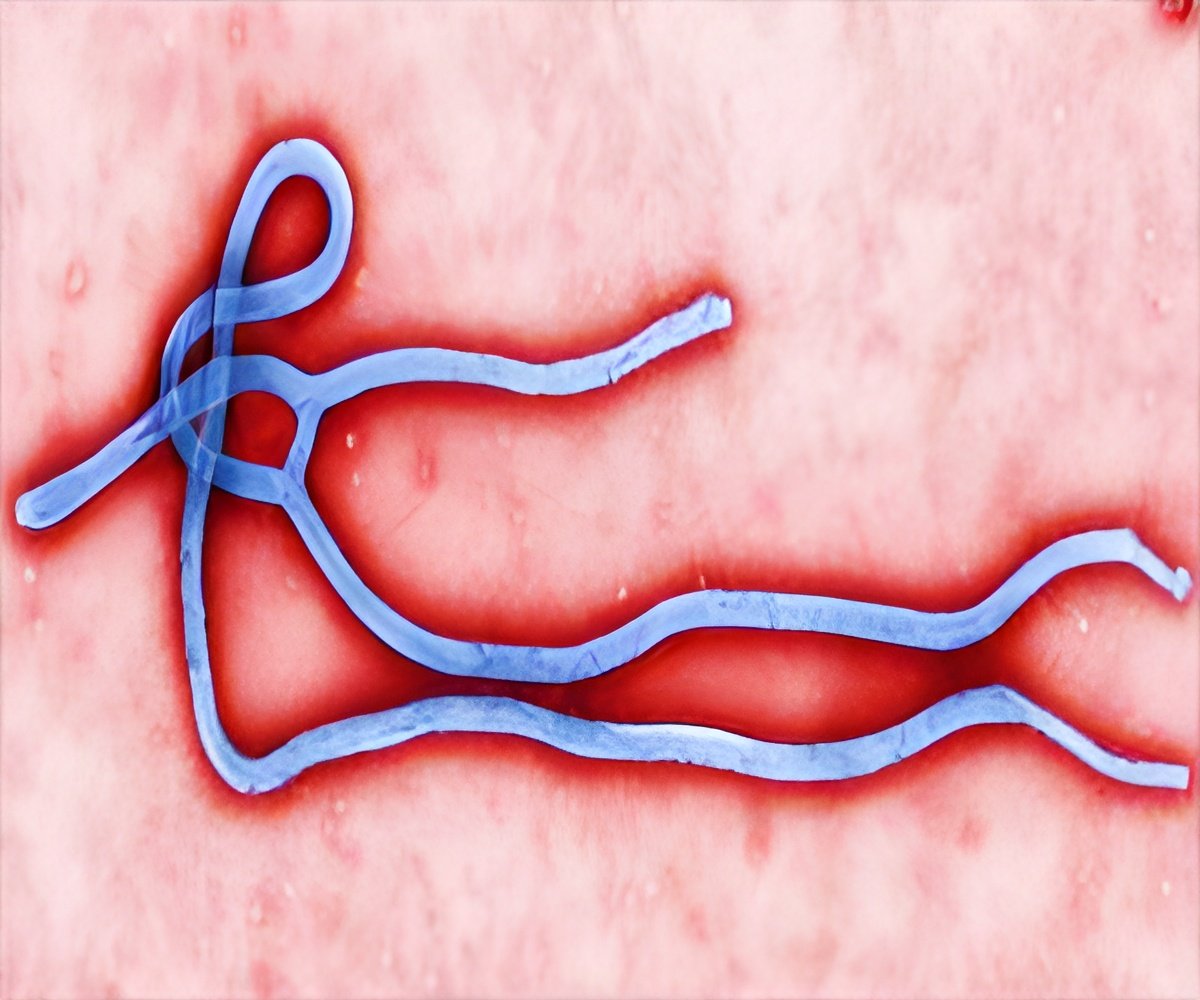
People can in very rare cases contract the virus from touching or eating infected animals like bats, chimpanzees or gorillas, and then infect other people.
Human-on-human transmission of the haemorrhagic fever-causing virus, which has a death rate of up to 90 percent, requires direct contact with the body fluids of an infected person or corpse.
Countries that have never had a direct animal-to-human infection, but are at risk, are Angola, Burundi, Cameroon, the Central African Republic, Ethiopia, Ghana, Liberia, Madagascar, Malawi, Mozambique, Nigeria, Rwanda, Sierra Leone, Tanzania and Togo, the team reported.
Countries where cases of zoonotic transmission have been reported in the past were Congo, Democratic Republic of Congo, Gabon, Guinea, Ivory Coast, South Sudan and Uganda.
"We have shown that the human population living within (the risk area) is larger, more mobile and better internationally connected than when the pathogen was first observed" in then-Zaire in 1976, the scientists wrote.
Advertisement
"As a result, when spillover events do occur, the likelihood of continued spread amongst the human population is greater, particularly in areas with poor healthcare infrastructure."
Advertisement
The current outbreak emerged in Guinea, from where it spread to Liberia, Sierra Leone and Nigeria, said the study authors, adding the frequency of Ebola outbreaks appears to have increased since 2000.
They urged stricter surveillance, including the testing of bats in high-risk countries, where they act as virus reservoirs.
"The increasing connectedness of the African region means that EVD (Ebola virus disease) is now a problem of international concern," they warned, while stressing an outbreak remained unlikely in western countries with functioning health systems.
Source-AFP












